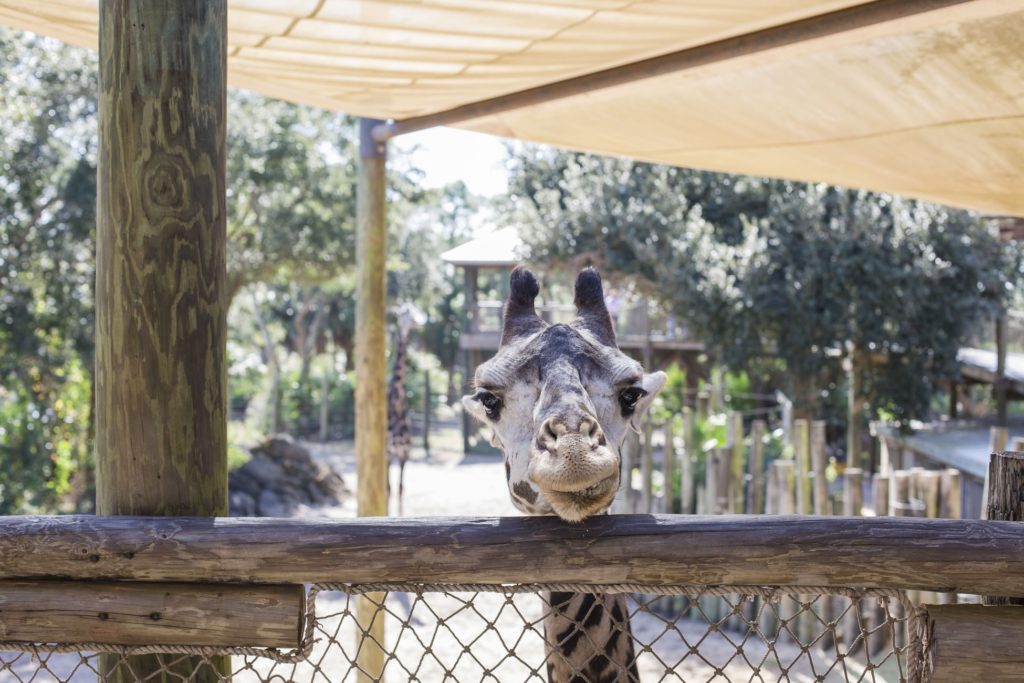Today I’ve decided to try to tackle some of the more common myths I hear people saying about Zoos, in person and on the internet. Myths like this get perpetuated mainly though people anthropomorphizing (more on this later) what they are seeing in animal care institutions. Thre are also a number of anti-zoo organizations that take advantage of this lack of public understanding and perpetuate these myths. Misinformation about zoos is also extremely common online due to the fact that someone could post a picture of a routine vet procedure of an animal in its back holding area, and with no other context, post it online to spark outrage to people that don’t know its a routine vet procedure or that it’s just a back holding area and not the entirety of the animals living space. Let’s jump into some of these myths and debunk them! If you want to read more on the great work the Zoos and Aquariums do for Conservation, Public Education and for Science, check out this article I wrote.

Myth #1: Zoos only Exist for Profit
This is one that I hear quite frequently, many people view Zoos and Aquariums as more of an amusement park with animals and less of an animal care facility that has guests. And while zoos and aquariums often very popular tourist destinations in large cities, they are also hubs for conservation and important scientific research. Many zoos and aquariums across North America and Europe are controlled by several accreditation bodies such as AZA and WAZA that hold facilities accountable to the highest standards of animal care. These accreditation bodies not only hold facilities accountable but they also connect facilities together in conservation initiatives such as the SSP (Species Survival Plan). Programs like the SSP help zoos bolster (and sometimes save) wild populations of captive animals by selectively breeding them and housing individuals in areas that they have the greatest chance of success. Zoos and aquariums also allow scientists to conduct studies on a species in a controlled environment, and the results of these studies can lead to advancements in our understanding and conserving wild populations of the same species. Based on the above information, it is clear, that while profit is still an important metric for zoos to keep track of, it is not the reason for their existence.
Myth #2: Animals in Zoos arent happy
This myth, despite being completely up for philosophical interpretation of what defines happiness in each species housed at a zoo, is something that you hear often working in an animal care facility. I believe most of this comes from people anthropomorphizing the animals that they see in a zoo, they assume that an animal that is observed sleeping most of the day must be bored and unhappy because people only sleep for 8 hours at night. An animal with a “very sad” or “indifferent” looking face must also be unhappy even though that particular species might not express emotions through their expressions as humans do. Many zoos have employees and scientists working for them that specify in animal welfare and spend countless hours observing and making notes of any change in demeanour, health or the emergence of stereotypic behaviours. The zookeepers and staff that work with these animals everyday day in and day out are also trained to notice any change in the animals that they work with, no matter how small.

Myth #3: Zoo animals come from the Wild
This is one common misconception that I hear from visitors all the time, “are zoo animals taken from the wild?”. Almost all the animals housed in Accredited facilities across North America and Europe began their lives in captivity as a product of another zoos breeding program. Zoos across the world organize their animals in complex breeding programs that match individuals based on their genetics and history to assure that the populations of captive animals are managed correctly. One of the only times an animal is taken from the wild and placed into captivity at a zoo is generally a young or injured animal that was deemed unreleasable by veterinarians and biologists. The old practice of going out into the wild and pulling a snatch and grab from a mother gorilla is simply a thing of the past.
Based on the above information, it is clear that the top 3 myths about zoos that are being perpetuated are completely false. Zoos are some of the most important conservation bodies that exist today by contributing immensely to the conservation of endangered species in the wild. They also maintain excellent standards of care for all animals within their facilities as well as organize these populations into complex breeding programs with other institutions. In a world where the effects of climate change and global warming are becoming ever more apparent and ever more devastating, the role of zoos as education and conservation centres has never been more critical.


Awesome post! It’s so important to educate others and support AZA-accredited zoos around the world